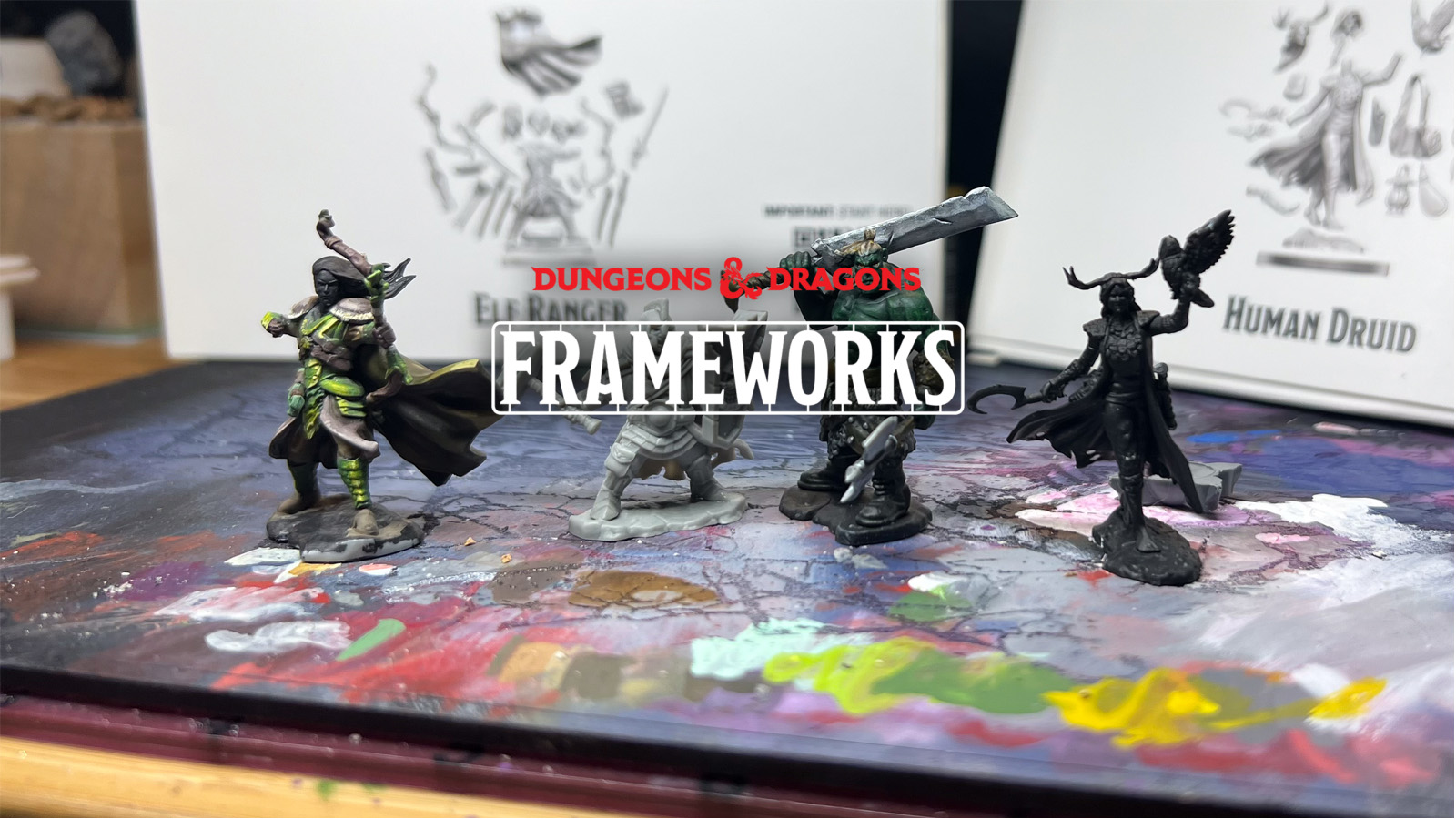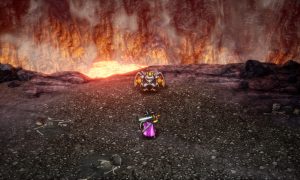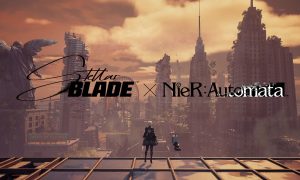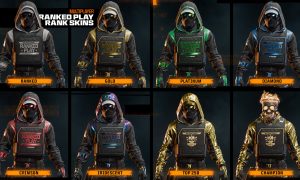Dungeons and Dragons Frameworks miniatures are designed with the experienced hobbyist in mind, allowing for a variety of positions, accessories, and even expressions.
Frameworks first launched in April of 2022, and with a new wave hitting stores in June of 2023, it’s worthwhile taking a deep dive into the assembly and artistry of these miniatures.
Assembly is easy, if you’ve done this before
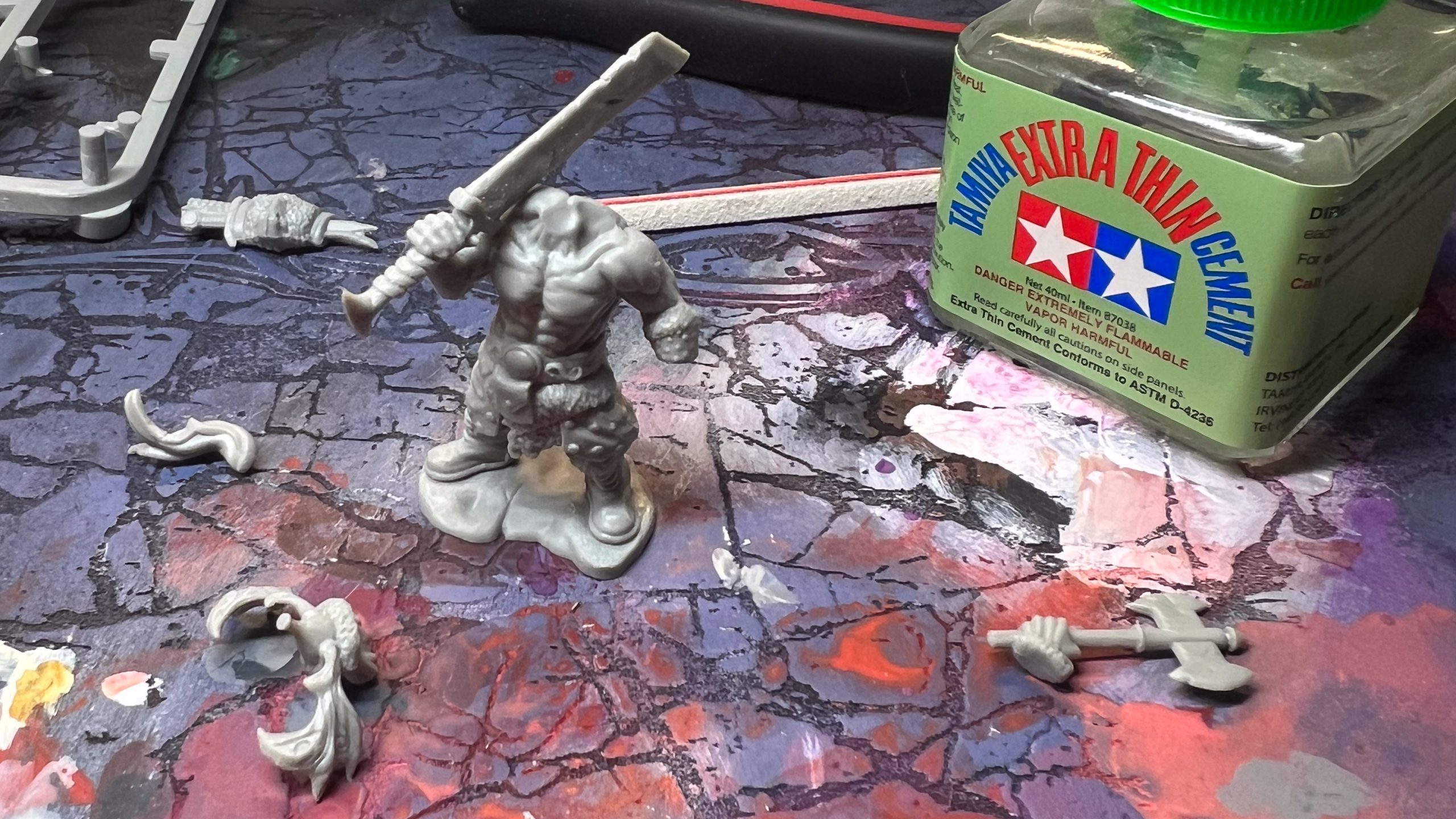
Finally, Wizkids have taken a familiar approach to these minis. If a hobbyist has put together miniatures that are sprue-based, unassembled in the box (such as Warhammer, Infinity, or Malifaux), they will have the right tools for the job. If you’re new to these kinds of miniatures, I recommend getting a sprue cutter, a pen knife, sanding sticks, and some thin plastic cement, as you will be spending time cleaning up these models, and making choices on what poses and accessories you want to use.
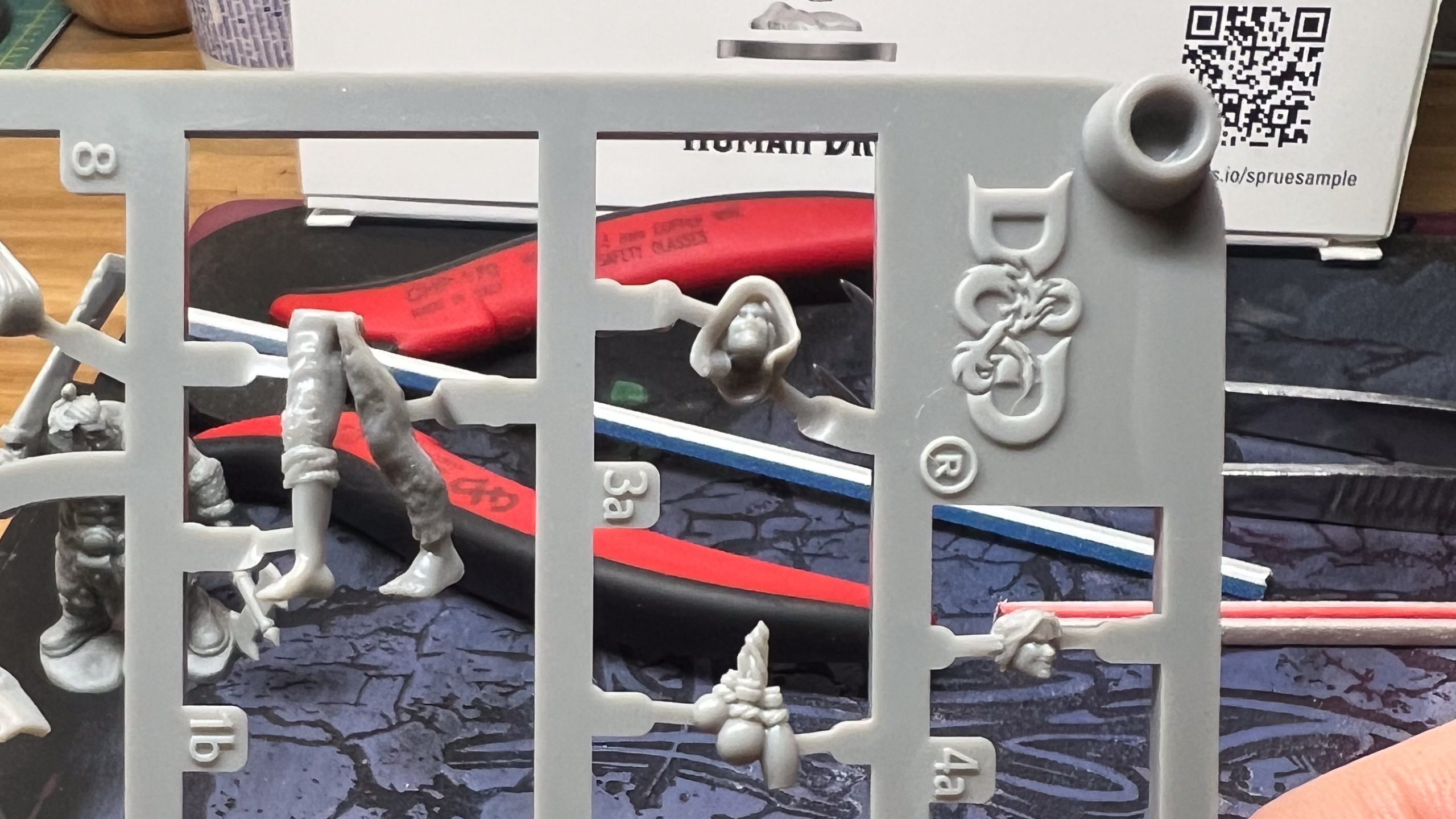
Cleaning up mold lines is really easy, but there is definitely some difficulty when it comes to assembly. These models are presented in “true scale” instead of “hero scale”, which means some pieces are going to be small when compared to models from Games Workshop, which focus on exaggerating some features. With larger models, like the Orc Barbarian and Dwarf Cleric, the pieces were large and fairly easy to put together. With smaller models, like the Human Druid, pieces are very small, and are difficult to assemble. I totally glued my thumb to the front of the model, and part of me thinks the details of the model won’t be that visible anyways. Also, there appears to be some discrepancies between what the model looks like vs what’s in the package. Some missing textures/outlines, smaller details…but this isn’t necessarily a bad thing because of the aforementioned scale of the model.
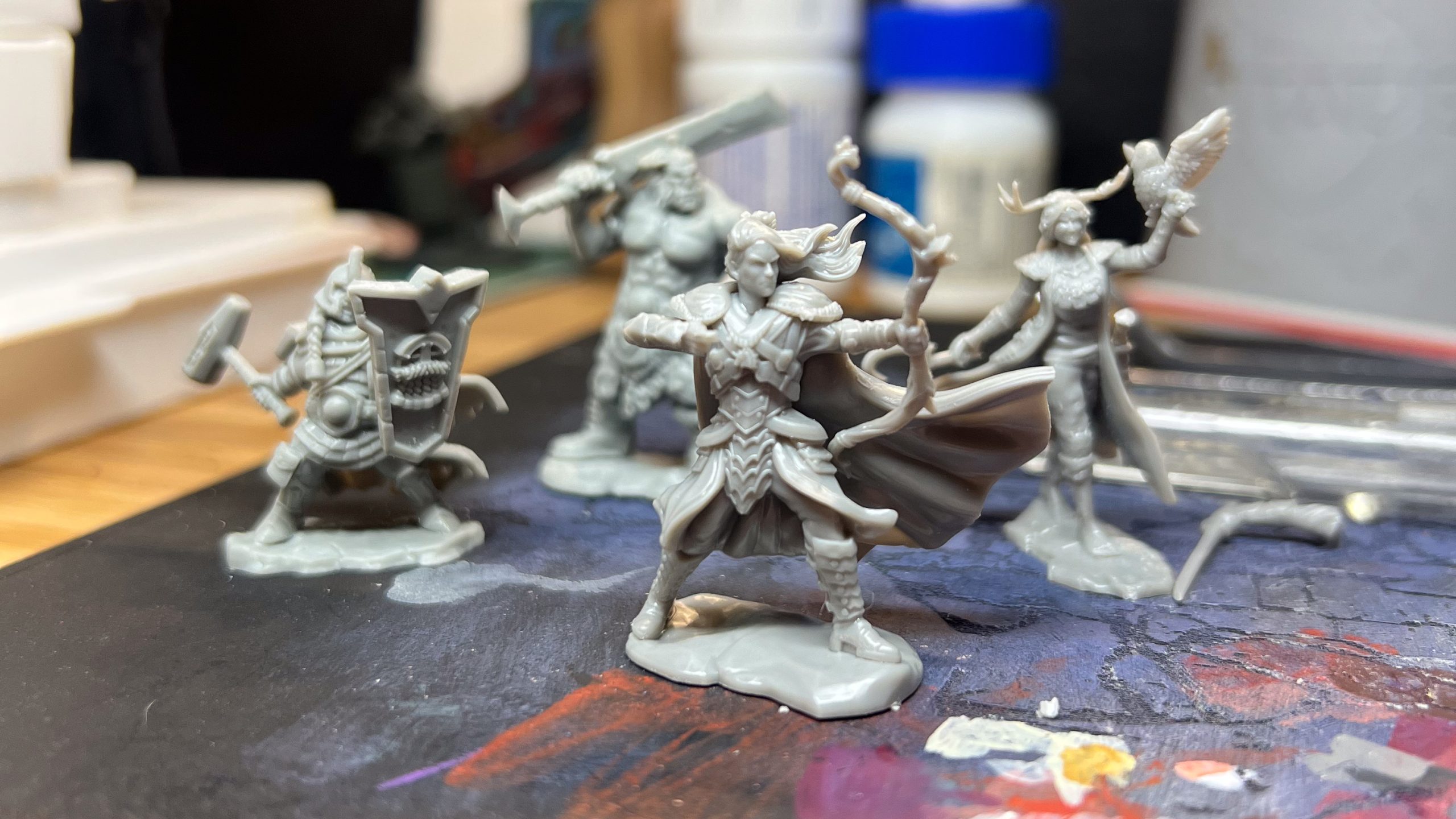
It’s intuitive to know which pieces should glue together, and with the aforementioned variety of options, I could see a hobbyist skilled with magnets having a field day with the weapons, items, and head options. Kitbashing (the process of attaching parts from different model kits together) can lead to the expandability we’ve come to expect from Games Workshop’s offerings. It’s refreshing.
The designs fit right into the world of the Forgotten Realms
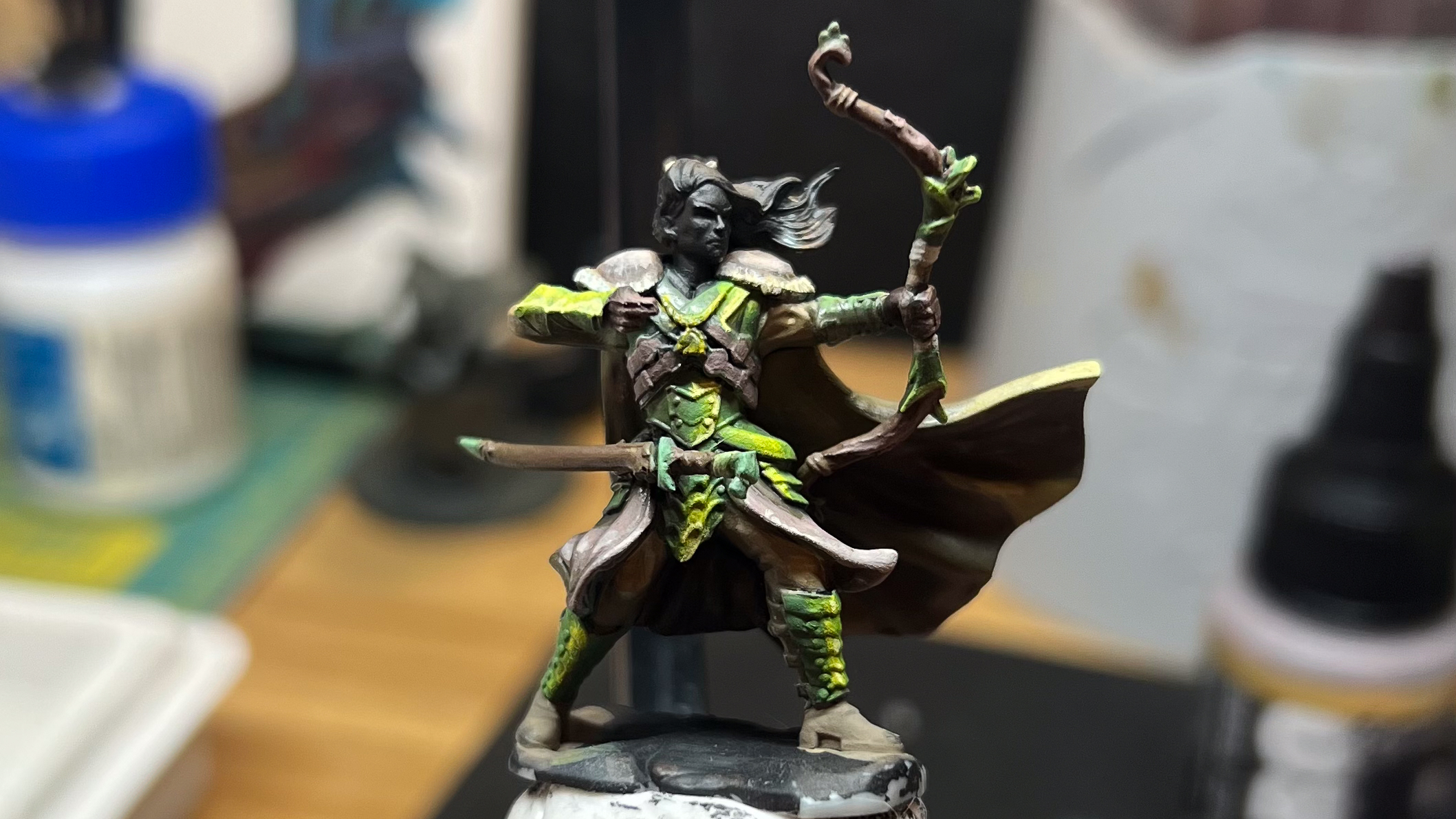
These are beautiful sculpts. Wizkids have definitely been able to capture the beauty and drama of the Dungeons and Dragons universe in these models. And if that wasn’t enough, each model comes with a variety of appropriate accessories to use in your dioramas and tabletops. Quivers, mugs, lanterns – there’s a ton of extra bits. And unlike their pre-primed miniatures, you don’t have to worry about cleaning up the existing primer, which is an arduous task I put myself through everytime I open a pack of D&D miniatures.
Models provide a canvas of creativity
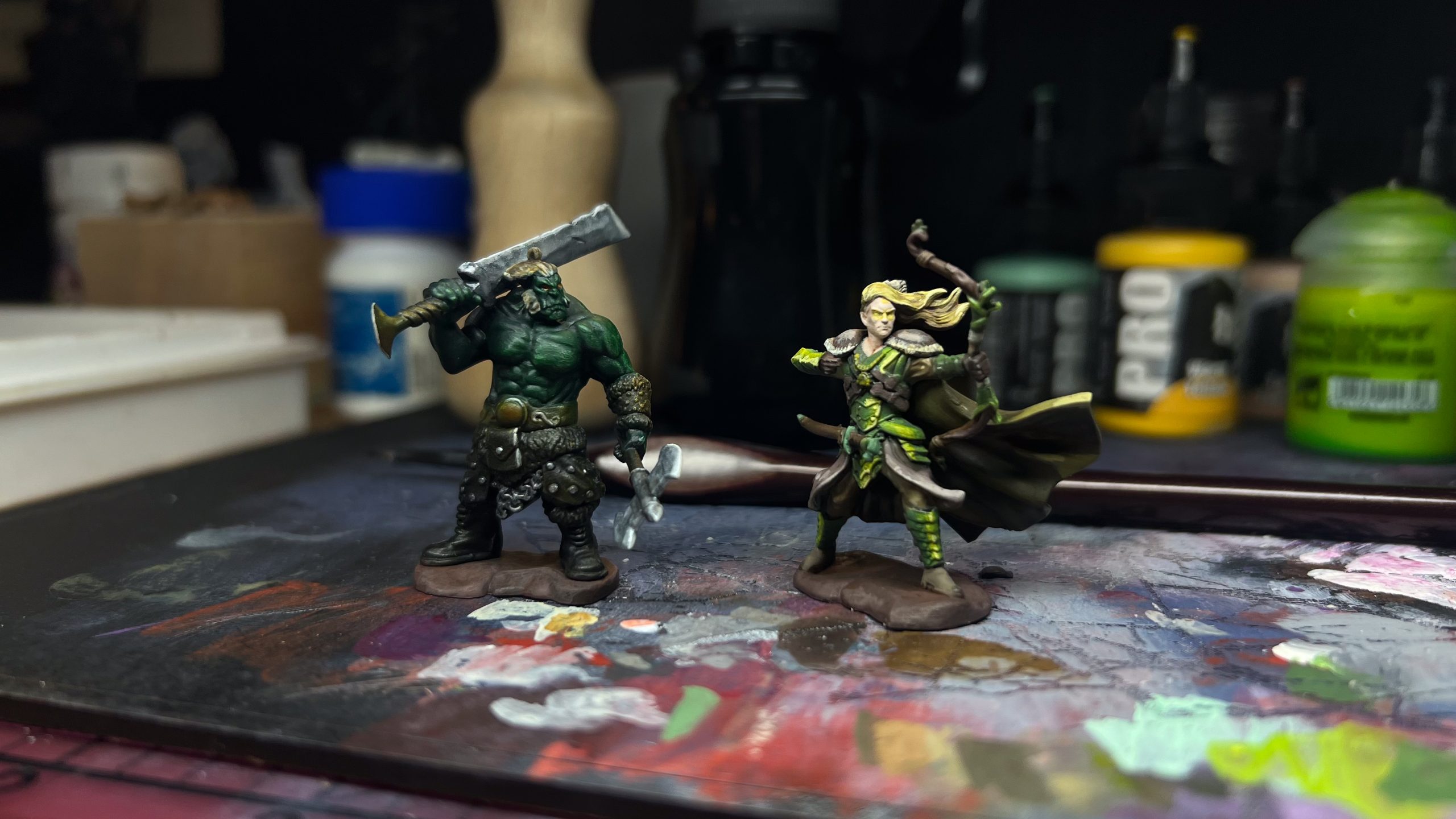
These models offer a wide canvas for painting. Need to do a quick 20 minute speed paint to get it on the table? Done. Want to spend 100 hours creating smooth blends, expert level non metallic metals and a fancy plinth to put it on? Go hog wild. For the two models I worked with, I spent 30 minutes on a Slapchop-style orc, and took about 7 hours for the elf Ranger. This being said, buyer beware. Frameworks do have a higher cost to them, so if you’re just starting in the hobby, it might be better to spend time on some cheaper Reaper models before making the investment.
The Verdict
The Dungeons and Dragons Frameworks represents a new chapter for Wizkids. One that really allows players to express themselves with these models. While I think there’s a slight learning curve, it doesn’t detract from the models or the experience of putting them together. I look forward to painting and assembling more of them in the future. Find them at your local game store.
Randy is a designer, nerd, and mini painter. He's been painting since 2015, and has learned a lot in his time! Come with him as he continues to push his craft forward, always down to try new techniques, tools, and paints!

See below for our list of partners and affiliates:
